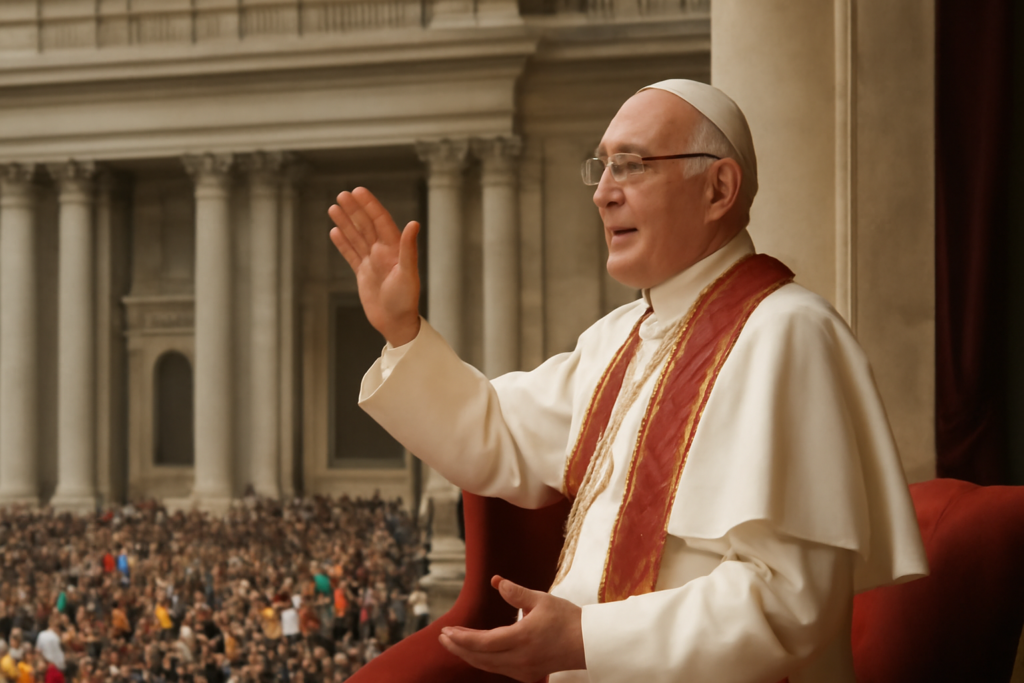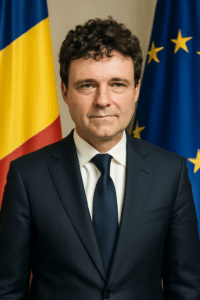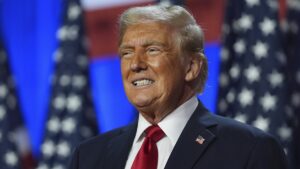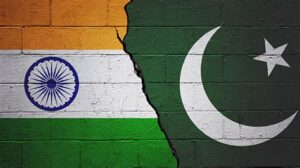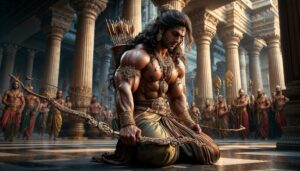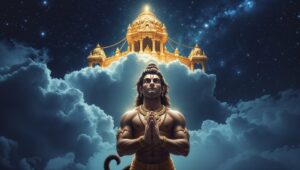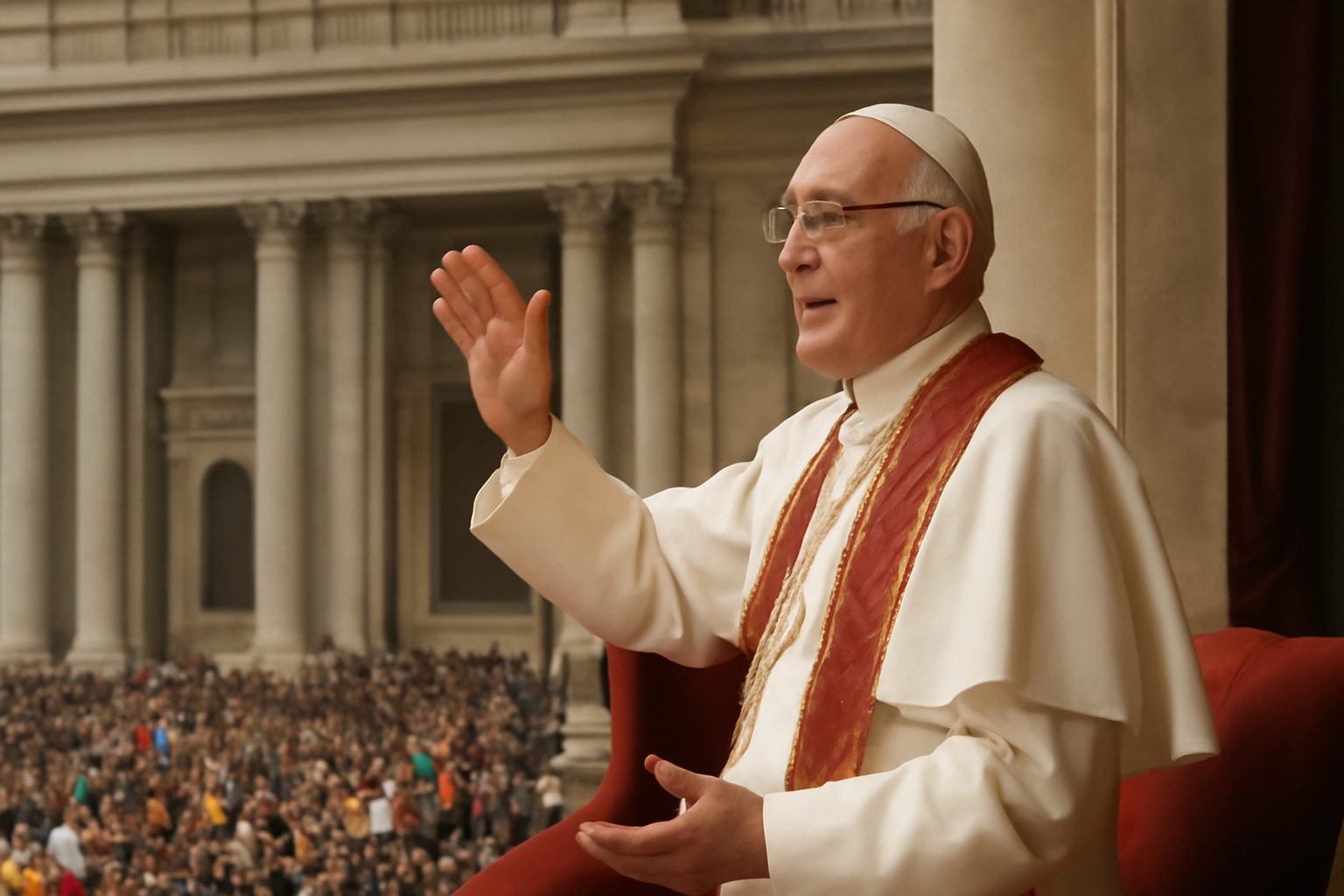
New Pope Elected as White Smoke Rises from Sistine Chapel: Cardinal Robert Prevost Becomes Pope Leo XIV
In a historic moment for the Catholic Church, white smoke billowed from the Sistine Chapel chimney at 6:07 p.m. local time on Thursday, May 8, 2025, signaling the election of a new pope. After two days of intense deliberation, 133 cardinal electors gathered in the Vatican chose American-born Cardinal Robert Prevost as the 267th pontiff, who has taken the name Pope Leo XIV. This marks the first time in the 2,000-year history of the Catholic Church that an American has ascended to the papacy, a milestone that has sparked global attention and celebration among the world’s 1.4 billion Catholics.
The 2025 papal conclave, which began on May 7, followed the death of Pope Francis on April 21. The process, steeped in centuries-old tradition, saw cardinals from 70 countries sequestered in the Sistine Chapel, barred from contact with the outside world as they cast secret ballots to select the successor to St. Peter. The conclave was the largest in history, surpassing the previous record of 115 electors in 2005 and 2013, reflecting the global diversity of the modern Catholic Church.

A Historic Election
The election of Cardinal Robert Prevost, a 69-year-old Chicago native, came as a surprise to many Vatican observers, as no American had previously been considered a frontrunner for the papacy. Prevost, who has spent much of his career as a missionary in Peru, was elevated to cardinal in 2023 by Pope Francis and served as the head of the Vatican’s Dicastery for Bishops, a powerful role overseeing the selection of bishops worldwide. His prominence in this position, coupled with his pastoral experience and reputation as a bridge-builder, likely contributed to his selection.
The conclave proceeded with meticulous secrecy, with the cardinals voting up to four times daily. Black smoke, indicating no candidate had secured the required two-thirds majority (89 votes), rose from the Sistine Chapel chimney after the first three rounds of voting on Wednesday evening and Thursday morning. The tension in St. Peter’s Square was palpable as thousands of pilgrims, tourists, and faithful gathered, their eyes fixed on the chimney for any sign of a decision. When white smoke finally appeared on Thursday evening, the crowd erupted in cheers, and the bells of St. Peter’s Basilica rang out, confirming the election.
Moments later, Cardinal Dominique Mamberti, the senior cardinal deacon, appeared on the balcony of St. Peter’s Basilica and proclaimed in Latin, “Nuntio vobis gaudium magnum: habemus papam!” (“I announce to you a great joy: We have a pope!”). He introduced Robert Prevost, who chose the name Leo XIV, a nod to the legacy of previous popes named Leo, including Leo XIII, known for his social teachings, and Leo X, a significant figure in the Renaissance-era Church.
Who Is Pope Leo XIV?
Pope Leo XIV, born Robert Francis Prevost in Chicago, brings a unique perspective to the papacy. A member of the Order of St. Augustine, Prevost has dedicated his life to missionary work, particularly in Peru, where he served as a priest and later as the Archbishop of Chiclayo. His dual citizenship in the U.S. and Peru, along with his fluency in Spanish and Italian, positions him as a leader capable of connecting with diverse Catholic communities across the Americas and beyond.
Prevost’s tenure at the Vatican’s Dicastery for Bishops was marked by significant reforms, including the inclusion of three women in the voting bloc that nominates bishops, a progressive move initiated under Pope Francis. Colleagues describe him as pastoral, good-humored, and adept at listening, qualities that resonate with the late Pope Francis’s vision of a more inclusive and compassionate Church. In Peru, Rev. Fidel Purisaca Vigil recalled Prevost’s habit of sharing breakfast with fellow priests after morning prayers, noting his ability to maintain “good humor and joy” despite challenges.
Vatican insiders suggest that Prevost’s election reflects the influence of Latin American cardinals, who saw him as “one of their own” due to his decades of service in Peru. His selection also breaks a long-standing perception that an American pope would be unlikely due to the United States’ geopolitical dominance. As one Vatican source noted, Prevost is “one of the least ‘American’ of the American cardinals,” making him a palatable choice for electors wary of U.S. influence in the Church.
The Conclave Process
The 2025 conclave was a carefully orchestrated event, blending ancient rituals with modern security measures. The Sistine Chapel, adorned with Michelangelo’s frescoes, served as the voting chamber, where cardinals took oaths of secrecy and cast ballots in silence. To ensure confidentiality, mobile phone signals were jammed, and the chapel was swept for listening devices. After each voting round, ballots were burned with chemicals to produce black or white smoke, a tradition dating to the 19th century.
The conclave’s swift conclusion after four rounds of voting—matching the timelines of the 2005 and 2013 elections—signaled unity among the cardinals, despite initial speculation about competing factions. Italian Cardinal Giuseppe Versaldi described the outcome as “a clear sign of the unity of the Church.” The diversity of the electorate, with 80% of the cardinals appointed by Pope Francis, likely influenced the choice of a pope aligned with his pastoral priorities.
Pope Leo XIV’s First Address
Stepping onto the balcony of St. Peter’s Basilica, Pope Leo XIV delivered his first public address, beginning with the words, “Peace be with you all,” echoing the greeting of the Risen Christ. Speaking in confident Italian, he called for unity and dialogue, urging Catholics to “walk together towards that homeland God has prepared for us.” He paid tribute to Pope Francis, emphasizing the need for Christ as a “bridge” to God’s love, and concluded with a blessing in Spanish to his former diocese in Peru, where he thanked the “loyal people” who shared their faith with him.
The crowd, estimated at over 40,000, responded with warm applause, waving flags from around the world. Nuns wept, priests made the sign of the cross, and shouts of “Viva il papa!” filled the air. For many, the election of an American pope was a moment of profound significance, symbolizing the Church’s global reach.
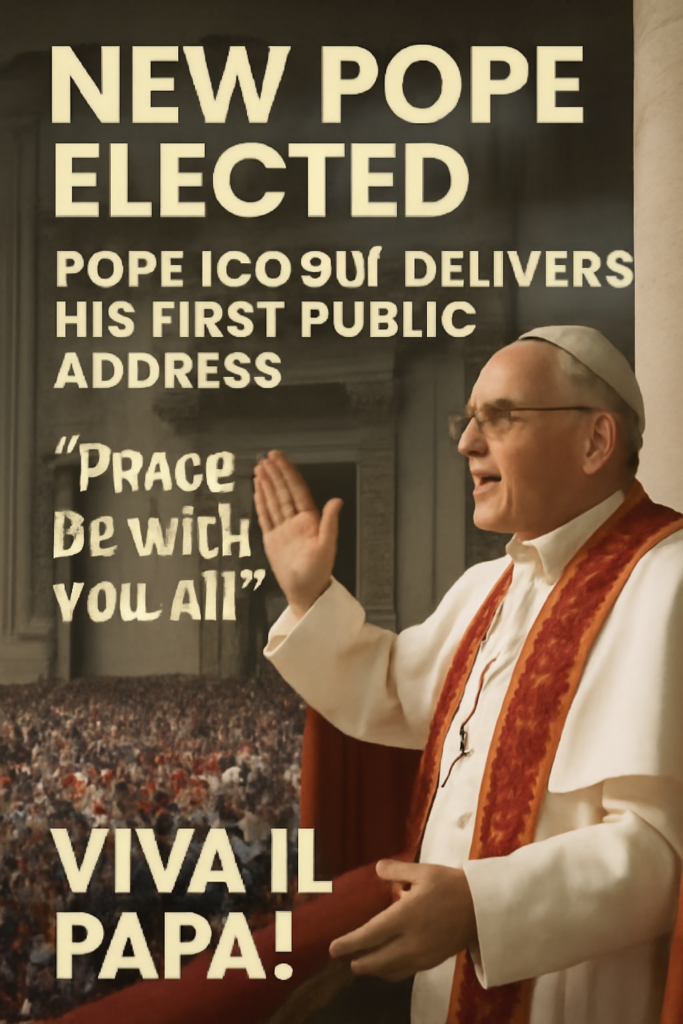
Global Reactions
The election of Pope Leo XIV elicited reactions from world leaders and Catholics alike. U.S. President Donald Trump, posting on Truth Social, called the election “a great honor for our country” and expressed eagerness to meet the new pope. Senator Marco Rubio, a Catholic, issued a statement congratulating Pope Leo XIV, noting the “sacred and solemn responsibility” of the papacy. In Spain, Prime Minister Pedro Sánchez expressed hope that the new pontiff would “contribute to strengthening dialogue and the defense of human rights.”
Among Catholics, reactions varied. Emily and Wilfred, a non-Catholic couple from London in St. Peter’s Square, described the atmosphere as “energetic” and felt moved by the diversity of the crowd. Rev. Edward Hauschild, a theology student in Rome, emphasized the pope’s role as a “father” who guides and loves the faithful. However, some expressed curiosity about how an American pope would navigate the Church’s challenges, including declining membership in Western countries and growth in Africa and Asia.
Looking Ahead
As Pope Leo XIV assumes leadership of the Catholic Church, he faces a complex landscape. The Church is grappling with issues such as synodality, ethnic diversity, and the need for pastoral leadership in a polarized world. Prevost’s experience as a missionary and reformer suggests he may continue Pope Francis’s emphasis on inclusivity and outreach to the “peripheries” of the Church. His ability to speak to both the Americas and the global Catholic community will be crucial in addressing these challenges.
For now, the Catholic world celebrates a new chapter under Pope Leo XIV, whose election has already made history. As the faithful in St. Peter’s Square chanted and prayed, the message of peace and unity from the first American pope resonated, offering hope for a Church seeking to bridge divides in an ever-changing world.
